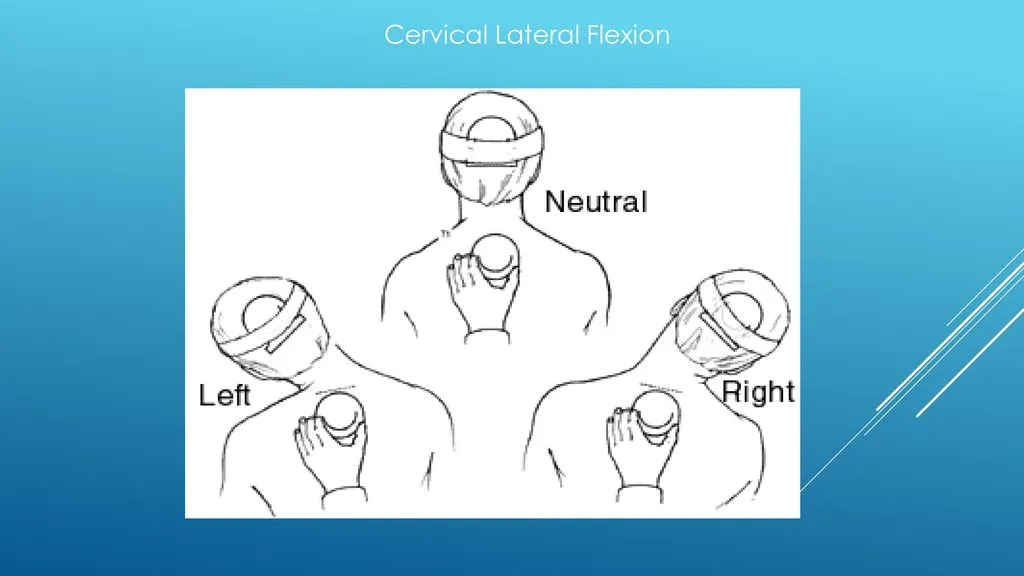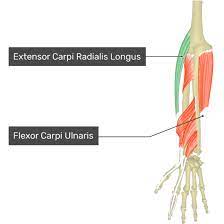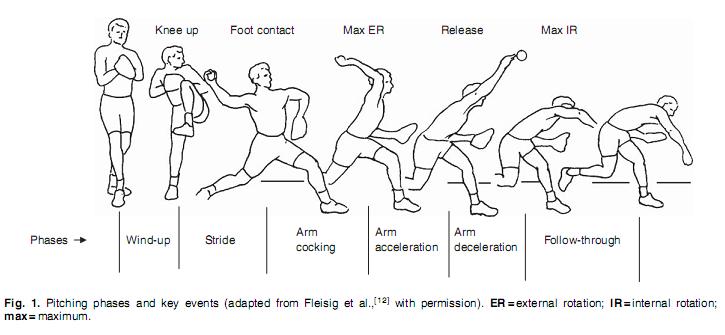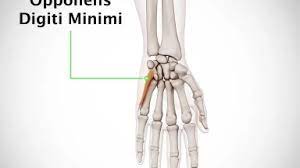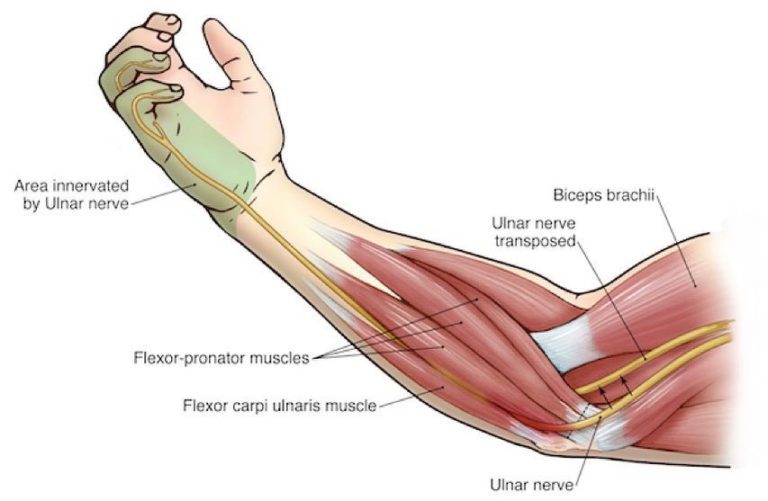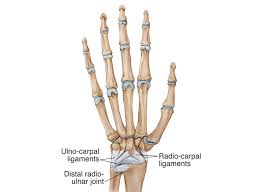Cervical Lateral Flexion
Table of Contents
What is Cervical Lateral Flexion?
- Cervical lateral flexion refers to the movement of the neck or cervical spine to either side, allowing the head to tilt toward the shoulder on the same side. Simply put, it is a lateral bending of the neck that brings the ear closer to the shoulder without turning the head.
The cervical spine consists of seven vertebrae, and each vertebra is separated by intervertebral discs that allow flexibility and movement. Lateral flexion is one of the primary movements of the cervical spine, along with other movements such as flexion (bending forward), extension (bending back), and rotation (turning the head from side to side).
Lateral cervical flexion is necessary for everyday activities such as looking over your shoulder, tilting your head to the side to listen better, or making various movements during sports or exercise. To avoid injury and discomfort, it is very important to maintain the health and stability of the cervical spine and the surrounding muscles.
Cervical Lateral Flexors Muscles
The cervical lateral flexor muscles are the muscle group responsible for bending your neck laterally, allowing you to tilt your head to the side. These muscles work together to bend the neck to the left or right, bringing the ear to the shoulder on the same side. The most important lateral cervical muscles are:
- Sternocleidomastoid (SCM): This muscle is located on the sides of the neck and is easily visible when the head is turned. It enters the mastoid process of the temporal bone from the sternum and clavicle (sterno- and cleido-, respectively). Contraction of the SCM on one side causes lateral bending of the neck to the opposite side.
- Fin muscles: There are three scaly muscles on each side of the neck called anterior, middle, and posterior muscles. These muscles run from the neck vertebrae to the upper ribs. Their combined action helps with side bending and other movements such as lifting the ribs during breathing.
- Splenius Capitis and Splenius Cervicis: These are deep muscles located on both sides of the spine. Splenius capitis attaches to the mastoid process, while splenius cervicis attaches to the transverse processes of the upper cervical vertebrae. Both muscles contribute to lateral flexion and extension of the neck.
- Levator scapulae: Although its main function is to raise the scapula (scapula), the levator scapulae muscle also helps in lateral flexion of the neck acting unilaterally.
These muscles work together with other neck muscles to ensure stability and mobility of the cervical spine.
Range Of Motion Of Cervical Lateral Flexion
The cervical lateral flexion range of motion refers to the degree to which the neck can flex or bend laterally. It is usually measured in degrees of motion from a neutral position (head forward and chin level).
The average range of motion of lateral cervical flexion is approximately 45-50 degrees on both sides, and the full range of motion is approximately 90-100 degrees. However, there can be individual differences, and factors such as age, physical condition, previous injuries, and anatomical differences can affect a range of motion.
The cervical spine must be suitable for daily activities and maintain a proper position. If you feel restriction or pain during lateral cervical flexion, this may be a sign of muscle tension, joint stiffness, or other underlying problems.
Stretching and strengthening exercises, as well as proper posture and ergonomic adjustments, can help improve and maintain neck movement. If you experience significant limitations or pain during neck movements, it is recommended to consult a doctor or physical therapist for a proper assessment and personalized recommendations. They can help identify potential problems and create an appropriate exercise or treatment plan to address them.
How to Check ROM of Cervical Lateral Flexion
The cervical lateral flexion range of motion can be checked with a simple self-assessment. Here’s a step-by-step guide to help you measure your cervical lateral flexion:
- Find a comfortable and quiet space: stand or sit in a chair with a straight back and feet on the floor. Make sure your neck is in a neutral position, forward at chin level.
- Marking a reference point: If you want to accurately measure the range of motion, it is useful to mark a reference point. With the head in a neutral position, you can use tape, a marker, or simply remember the location of the earlobe.
- Do the assessment: Slowly tilt your head to the side, bringing your ear to your shoulder. Keep your shoulders relaxed and avoid raising them during the movement. Hold the final position for a moment, making sure you feel a slight stretch on the opposite side of the incline. Do not turn your head during this movement. it should be purely lateral bending.
- Measure the angle: Use a protractor or protractor on your smartphone to measure the angle formed between your head and shoulder. The reference point should be the neutral position and the angle indicates the amount of lateral bending. 5. Repeat on the other side: Make the same lateral bend on the other side and also measure the angle.
- Calculate the range of motion: The combined cervical lateral flexion range of motion is the sum of the angles measured on both sides. The average range is around 90-100 degrees as mentioned before.
Be sure to perform the assessment carefully and avoid applying pressure to painful or uncomfortable areas.
Test Of Cervical Lateral Flexion
A cervical lateral flexion test is usually performed by a doctor or physical therapist as part of a comprehensive evaluation of the range of motion and overall function of the neck. There are different methods to assess cervical lateral flexion, and here is a basic procedure that a doctor can use:
- Patient position: The patient usually sits or stands in an upright position, with the back and head aligned.
- Explanation: The healthcare worker explains the test to the patient, demonstrates the movement, and makes sure the patient understands what is expected of him.
- Landmarks: the specialist identifies and marks certain landmarks on the patient’s head, such as the top of the ear or the thorax (bony protrusion behind the ear).
- Execution of the test: The patient is asked to slowly tilt his head to the side. Move the ear to the shoulder without raising the shoulder. The health practitioner monitors the movement and makes sure that other movements such as rotation or bending do not occur during the lateral bending.
- Measurement: Using a goniometer, a special joint angle tool, the practitioner assesses a range of motion by measuring the angle formed between the neutral starting position and the maximum lateral flexion position.
- Repetition: The test is repeated on the other side to assess a range of motion in the opposite direction.
- Interpretation: The physician compares the measurements with the expected cervical lateral flexion range of motion. Notes any limitations, asymmetries, or abnormalities.
It is important to note that performing this test without proper training or knowledge can lead to false results or even cause discomfort or injury.
Exercises For Cervical Lateral Flexion
Doing exercises that improve cervical lateral flexion can help increase the range of motion and strengthen the muscles involved in that motion. It is important to do these exercises easily and painlessly. If you have neck problems or concerns, it is best to consult a health professional or physical therapist before beginning any exercise routine. Here are some exercises to help improve cervical lateral flexion:
1. Lateral flexion stretch of the neck:
- Maintain a straight back and relaxed shoulders whether you sit or stand.
- Slowly tilt your head to the right and move your right ear to your right shoulder.
- Lightly use your right hand to add pressure and feel a slight stretch on the left side of the neck.
- Hold the stretch for 15-30 seconds, breathe deeply, and relax the stretch.
- Repeat the stretch on the left side. Tilting your head to the left and bringing your left ear to your left shoulder.
2. Isometric neck side flexion exercise:
- Maintain a straight back and relaxed shoulders whether you sit or stand.
- Place your right hand against the right side of your head, directly above your ear. Holding the movement with your hand. so that there is no actual head movement.
- Hold the isometric contraction for 5-10 seconds while maintaining even pressure with the hand.
- Repeat the isometric exercise on the left side, placing the left hand on the left head.
3. SCM Stretch (Sternocleidomastoid Stretch):
- Maintain a straight back and relaxed shoulders whether you sit or stand.
- Turn your head right and look over your right shoulder.
- Tilt your head slightly to the left and move your left ear to your left shoulder.
- On the right side of your head, place your left hand. The right side of your neck will stretch more if you gently press there.
- Repeat the stretch on the opposite side after holding it for 15 to 30 seconds.
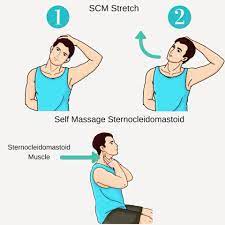
4. Shoulder Shrug:
- Maintain a straight back and relaxed shoulders whether you sit or stand.
- Slowly raise your shoulders to your ears as high as possible.
- Hold the shoulders for a few seconds and then drop your shoulders back down.
- Repeat the shoulders 10-15 times.
Be sure to perform these exercises smoothly and without sudden or jerky movements.
Special Test For Cervical Lateral Flexion
There are special specialized tests that health professionals can use to assess the lateral flexion of the cervix. Identify any potential problems or limitations. These tests help diagnose certain conditions related to the cervical spine and neck muscles. Here are two common special tests used to test for lateral cervical flexion:
1. Cervical lateral flexion test (Spurling test):
Purpose: This test is used to assess whether cervical nerve root compression causes pain during lateral bending.
Actions: Usually, the patient sits or stands, and the examiner stands behind him.
The examiner helps the patient to do lateral bending to the other side (eg tilt the head to the right).
The examiner can slightly push the patient’s head to the side in a flexed position to compress the nerve root.
The test is then repeated on the other side (eg tilting the head to the left).
Interpretation: If there is pain or radicular symptoms (pain, tingling, or numbness radiating down the arm) on the side of lateral flexion. If symptoms worsen with increased compression, this may indicate nerve root compression or irritation.
2. Lateral bending test
Purpose: This test is used to assess the integrity of the transverse ligament of the upper cervical spine and to check for possible instability.
Actions: The patient is usually seated with the examiner standing behind him.
- The examiner places one hand on the patient’s forehead and the other on the back of the spinous process C2 (the bony lump at the back of the neck).
- The examiner instructs the patient to bend to the side (eg tilt the head to the right).
- When the patient performs lateral bending, the examiner carefully applies a posterior force to the forehead (to the back of the head).
Interpretation:
- If the forward movement of the C1 vertebra is excessive in relation to the C2 vertebra, this may indicate instability of the upper cervical spine, which may be due to ligamentous damage.
Summary
Cervical Lateral Flexion is the Side Flexion of the Neck. The range of motion of this movement is 45-50 degrees on both sides. Sternocleidomastoid (SCM), Fin muscles, Splenius Capitis and Splenius Cervicis, and Levator scapulae muscles work together with other neck muscles to ensure stability and mobility of the cervical spine.
FAQs
The main drivers of neck/head lateral bending are sternocleidomastoid, anterior scalene, and middle. scalene, post scalene, splenius capitis and. splenius cervicis.
function: Unilateral contraction of the sternocleidomastoid muscle bends the cervical spine to the same side (lateral flexion) and turns the head to the opposite side. Bilateral contraction raises the head, extending the upper cervical vertebrae parallel to the back.
Lateral bending is best described as bending the neck so that the ears lean toward the shoulders. In a normal side bend, you should be able to bend your neck to about 45 degrees.
The cervical spine consists of seven specialized vertebrae that offer a wide range of possible movements. About 50% of cervical flexion-extension and rotation occurs at the top of the cervical spine (cervical tuberosity-C2), with the remainder distributed among the subaxial segments.
The lateral portion of the neck is home to the three paired scalene muscles (anterior, middle, and posterior). Together they form part of the bottom of the back triangle of the neck.
Side bending involves bending part of the body, mainly the trunk and neck, to the side. Back injuries and other conditions can affect this type of movement. You can improve your lateral mobility with stretches and exercises that increase back flexibility.

